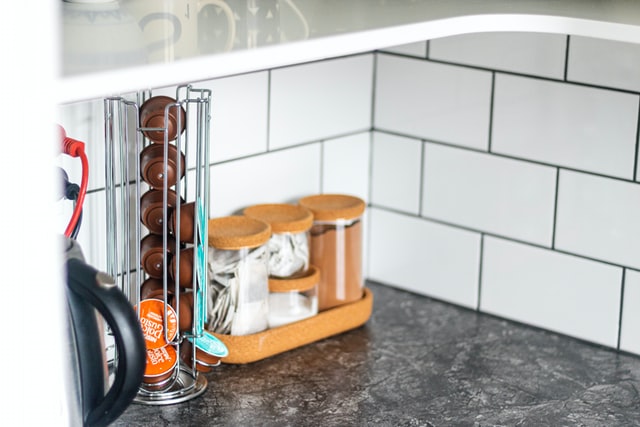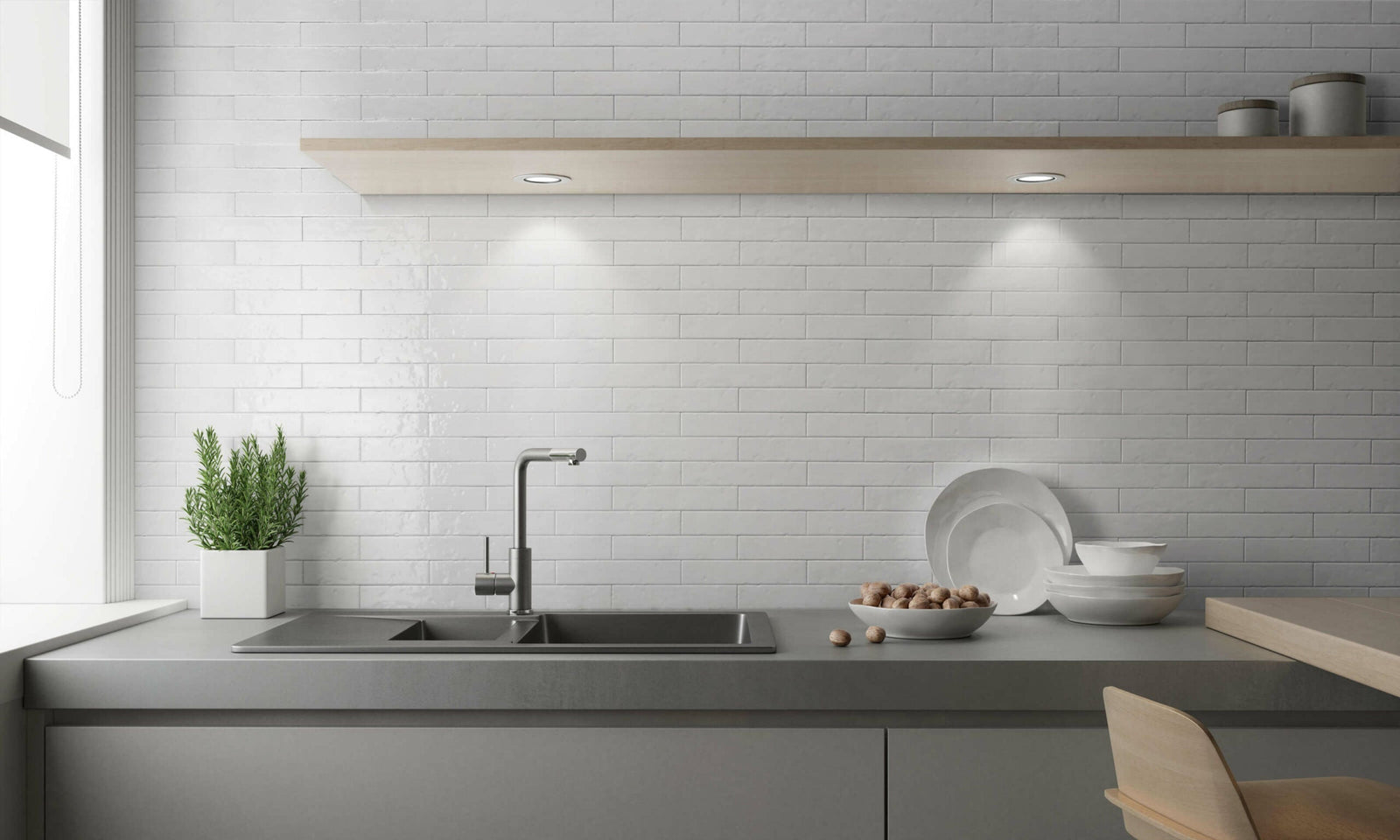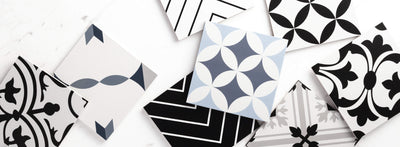Subway tile refers to rectangular tiles (generally 3 inches x 6 inches) laid horizontally and made of ceramic tile. Subway tiles are known for their durability and their unique style of reflecting the style of New York subway stations. In the 21st century, the popularity of subway tiles is still rising due to their timeless design. Its plain white rectangle tiles with a simple layout give limitless opportunities to create an impactful design on surfaces.

Why subway tiles are popular
The perks of subway tiles are easy-to-clean, stain-resistant, and bacteria-resistant, which naturally became the natural choice for subway stations. In addition, the high reflective attribute creates a safe and sanitary feeling for passengers in the subway station when it’s first introduced in transportation hubs. This caused the application of subway tiles to be used in transportation hubs outside America.
Subway tiles are traditionally laid in a 50% offset where the middle of the tile aligns with the edges of the top and bottom tiles adjacent to it. Modern subway tiles have created a one-third offset or even a one-fourth offset. There are different sizes of subway tiles, but the standard and most traditional subway tile size would be 3 x 6 inches, and it goes by the most popular size of subway tiles. Aside from the 3 x 6 inches subway tile, any rectangular tile with 1-to-2 dimensions can be classified as subway tiles such as 2 x 4 inches, 4 x 8 inches, and 6 x 12 inches.
Original subway tiles were made from ceramic tiles but today you can find a variety of subway tiles made from different materials such as porcelain and glass tiles. The new materials focus on low maintenance and its style potential. Most traditional subway tile applications are quick to install, especially in small areas such as kitchen backsplashes.

Creating designs with subway tiles
Common grout line pairing for subway tiles is white, grey, or black grout. But with the new color choices and materials subway tiles are available in, the colour of the grout can be paired well with the color of the tiles. A great pairing of both can create an eye-catching pattern with high contrast grout colour or create a seamless look using the same colour as the subway tile. In addition, high contrast grout colours would highlight the imperfections of the grout line and the tile size differences between the design.
Subway tiles are affordable due to their low maintenance perk, especially the traditional white design. In addition, subway tiles can be cleaned easily, similarly to any other ceramic tile, by just wiping it with water.
There are different designs to lay subway tiles on surfaces such as:
Herringbone
Herringbone is a pattern that creates waves of visual movement where the tile patterns are made by 2:1 tile ratio. It could be converted to a chevron pattern if tilted towards the right 45-degree angle.
1/3 offset
1/3 offset is a variation of the offset join where the 1/3 offset pattern creates a step pattern like stairs, with each row having an offset of 1/3 from the previous row. The 1/3 pattern can be rotated vertically to create an illusion of height.
Crosshatch
The crosshatch variation is shown like a chequerboard in a bigger picture where its patterns are a steady stream of vertical pairs next to horizontal pairs to create a basket-weave pattern.
Stack bond
Stack bond is the simplest amongst all tile patterns where the straight-set design gives a more linear and uniform look. The tile lines from stack bond tile patterns give the space a broader and taller feel.
Brick bond
Brick bond is the most famous subway pattern by having each tile centred over the tile below by having a visual representation of classic brickwork to offer a timeless look for pairing with almost any style.

